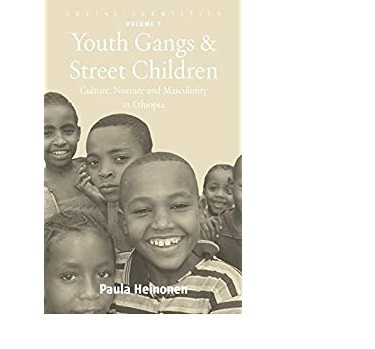
Youth Gangs and Street Children
8,400.00₹ 2,890.00₹
The rapidly expanding population of youth gangs and street children is one of the most disturbing issues in many cities around the world. These children are perceived to be in a constant state of destitution, violence and vagrancy, and therefore must be a serious threat to society, needing heavy-handed intervention and ‘tough love’ from concerned adults to impose societal norms on them and turn them into responsible citizens. However, such norms are far from the lived reality of these children. The situation is further complicated by gender-based violence and masculinist ideologies found in the wider Ethiopian culture, which influence the proliferation of youth gangs. By focusing on gender as the defining element of these children’s lives ― as they describe it in their own words ― this book offers a clear analysis of how the unequal and antagonistic gender relations that are tolerated and normalized by everyday school and family structures shape their lives at home and on the street.

Inclusionary Rhetoric Exclusionary Practices
8,400.00₹ 1,890.00₹
Migration and multiculturalism are hotly discussed in public debates across Europe. Whereas ethnographic research has begun to examine the Right in this context, the Left remains largely unexplored. Drawing on fieldwork conducted in Bologna – the show-case city of the Italian Left – this book provides fresh perspectives on how the contemporary Left “frames” these issues in practice and how such framing has changed in recent decades. By focusing on the official rhetoric grassroots discourses, policy and civil societal practices of the Left as well as on the immigrants’ own views, this book timely offers a comprehensive, vivid, and critical account of changing ideas about ethnicity, class, identity and difference in “progressive” politics and of the implications that such ideas have for the incorporation of migrants in Europe.
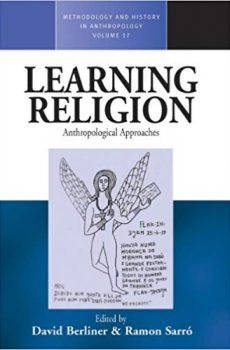
Learning Religion
8,400.00₹ 1,870.00₹
As we enter the 21st century, it becomes increasingly difficult to envisage a world detached from religion or an anthropology blind to its study. Yet, how people become religious is still poorly studied. This volume gathers some of the most distinguished scholars in the field to offer a new perspective for the study of religion, one that examines the works of transmission and innovation through the prism of learning. They argue that religious culture is socially and dynamically constructed by agents who are not mere passive recipients but engaged in active learning processes. Finding a middle way between the social and the cognitive, they see learning religions not as a mechanism of “downloading” but also as a social process with its relational dimension.
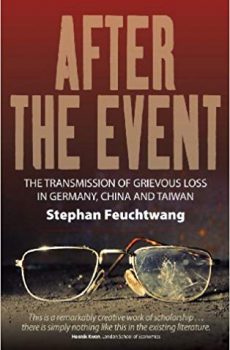
After the Event
8,400.00₹ 3,595.00₹
Two of the most destructive moments of state violence in the twentieth century occurred in Europe between 1933 and 1945 and in China between 1959 and 1961 (the Great Leap famine). This is the first book to bring the two histories together in order to examine their differences and to understand if there are any similar processes of transmission at work. The author expertly ties in the Taiwanese civil war between Nationalists and Communists, which included the White Terror from 1947 to 1987, a less well-known but equally revealing part of twentieth-century history. Personal and family stories are told, often in the individual’s own words, and then compared with the public accounts of the same events as found in official histories, commemorations, school textbooks and other forms of public memory. The author presents innovative and constructive criticisms of social memory theories in order to make sense both of what happened and how what happened is transmitted.
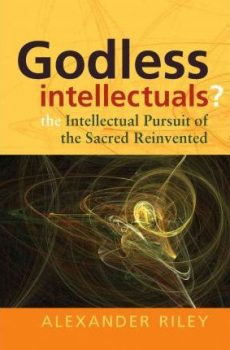
Godless Intellectuals
8,400.00₹ 1,800.00₹
The Durkheimians have traditionally been understood as positivist, secular thinkers, fully within the Enlightenment project of limitless reason and progress. In a radical revision of this view, this book persuasively argues that the core members of the Durkheimian circle (Durkheim himself, Marcel Mauss, Henri Hubert and Robert Hertz) are significantly more complicated than this. Through his extensive analysis of large volumes of correspondence as well as historical and macro-sociological mappings of the intellectual and social worlds in which the Durkheimian project emerged, the author shows the Durkheimian project to have constituted a quasi-religious quest in ways much deeper than most interpreters have thought. Their fascination, both personal and intellectual, with the sacred is the basis on which the author reconstructs some important components of modern French intellectual history, connecting Durkheimian thought to key representatives of French poststructuralism and postmodernism: Bataille, Foucault, Derrida, Baudrillard, and Deleuze.
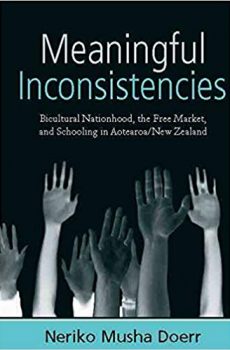
Meaningful Inconsistencies
8,400.00₹ 3,990.00₹
School differentiates students-and provides differential access to various human and material resources-along a range of axes: from elected subjects and academic “achievement” to ethnicity, age, gender, or the language they speak. These categorizations, affected throughout the world by neoliberal reforms that prioritize market forces in transforming educational institutions, are especially stark in societies that recognize their bi- or multicultural makeup through bilingual education. A small town in Aotearoa/New Zealand, with its contemporary shift toward official biculturalism and extensive free-marketization of schooling, is a prime example. Set in the microcosm of a secondary school with a bilingual program, this important volume closely examines not only the implications of categorizing individuals in ethnic terms in their everyday life but also the shapes and meaning of education within the discourse of academic achievement. It is an essential resource for those interested in bilingual education and its effects on the formations of subjectivities, ethnic relations, and nationhood.
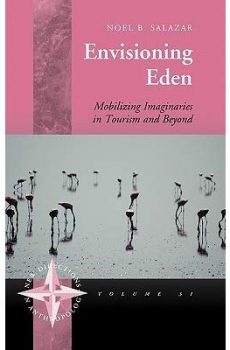
Envisioning Eden
8,400.00₹ 2,095.00₹
As tourism service standards become more homogeneous, travel destinations worldwide are conforming yet still trying to maintain, or even increase, their distinctiveness. Based on more than two years of fieldwork in Yogyakarta, Indonesia and Arusha, Tanzania, this book offers an in-depth investigation of the local-to-global dynamics of contemporary tourism. Each destination offers examples that illustrate how tour guide narratives and practices are informed by widely circulating imaginaries of the past as well as personal imaginings of the future.
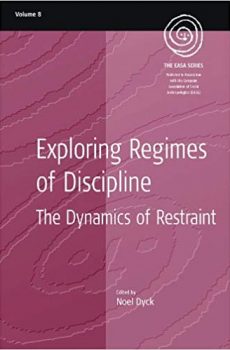
Exploring Regimes of Discipline
8,400.00₹ 2,195.00₹
The pursuit and practice of discipline have become near ubiquitous elements of contemporary social life and parlance, as discipline has become a commonplace and ever sought-after social technology. From the celebrated “discipline of the market” proclaimed by neo-liberal politicians, to self-actualizing experiences of embodied discipline proffered by martial arts instructors, this volume showcases highly varied and complex disciplinary practices and relationships in a set of ethnographic studies. Interrogating the respective fields of work, religion, governance, leisure, education and child rearing, together the essays in this volume explore and offer new ways of thinking about discipline in everyday life.
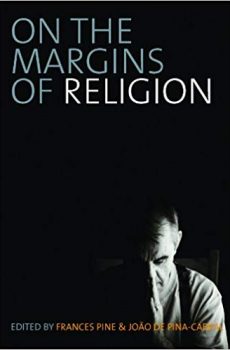
On the Margins of Religion
8,400.00₹ 2,190.00₹
Focusing on places, objects, bodies, narratives and ritual spaces where religion may be found or inscribed, the authors reveal the role of religion in contesting rights to places, to knowledge and to property, as well as access to resources. Through analyses of specific historical processes in terms of responses to socio-economic and political change, the chapters consider implicitly or explicitly the problematic relation between science (including social sciences and anthropology in particular) and religion, and how this connects to the new religious globalisation of the twenty-first century. Their ethnographies highlight the embodiment of religion and its location in landscapes, built spaces and religious sites which may be contested, physically or ideologically, or encased in memory and often in silence. Taken together, they show the importance of religion as a resource to the believers: a source of solace, spiritual comfort and self-willed submission.
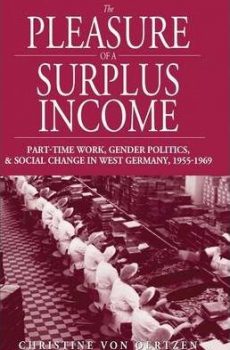
Pleasure of a Surplus Income
8,400.00₹ 2,190.00₹
At a time when part-time jobs are ubiquitous, it is easy to forget that they are a relatively new phenomenon. This book explores the reasons behind the introduction of this specific form of work in West Germany and shows how it took root, in both norm and law, in factories, government authorities, and offices as well as within families and the lives of individual women. The author covers the period from the early 1950s, a time of optimism during the first postwar economic upswing, to 1969, the culmination of the legislative institutionalization of part-time work.

Racism in Metropolitan Areas
8,400.00₹ 2,190.00₹
For several decades, a political discourse, which incites exclusion and hatred againt those who are perceived as different, has been gaining ground, most notably in affluent and developed countries. Focusing on the growth of racism in large cities and urban areas, this volume presents the views of international scholars who work in the social sciences and statements by non-practicing academics such as journalists and policy makers. The contributions of the scientists and the non-academic specialists are grouped around common themes, highlighting existing debates and bringing together widely scattered information. The book explores the ways in which old forms of racism persist in the urban context, and how traditional exclusion systems like casteism can be likened to contemporary forms like racism directed at refugees.
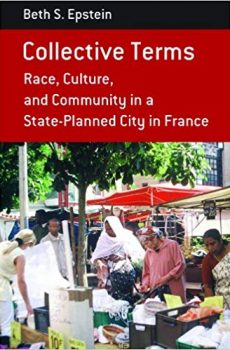
Collective Terms
8,400.00₹ 1,990.00₹
The banlieue, the mostly poor and working-class suburbs located on the outskirts of major cities in France, gained international media attention in late 2005 when riots broke out in some 250 such towns across the country. Pitting first- and second-generation immigrant teenagers against the police, the riots were an expression of the multiplicity of troubles that have plagued these districts for decades. This study provides an ethnographic account of life in a Parisian banlieue and examines how the residents of this multiethnic city come together to build, define, and put into practice their collective life. The book focuses on the French ideal of integration and its consequences within the multicultural context of contemporary France. Based on research conducted in a state-planned ville nouvelle, or New Town, the book also provides a view on how the French state has used urban planning to shore up national priorities for social integration. Collective Terms proposes an alternative reading of French multiculturalism, suggesting fresh ways for thinking through the complex mix of race, class, nation, and culture that increasingly defines the modern urban experience.

Cultivating Arctic Landscapes
8,400.00₹ 1,890.00₹
In the last two decades, there has been an increased awareness of the traditions and issues that link aboriginal people across the circumpolar North. One of the key aspects of the lives of circumpolar peoples, be they in Scandinavia, Alaska, Russia, or Canada, is their relationship to the wild animals that support them. Although divided for most of the 20th Century by various national trading blocks, and the Cold War, aboriginal people in each region share common stories about the various capitalist and socialist states that claimed control over their lands and animals. Now, aboriginal peoples throughout the region are reclaiming their rights.
This volume is the first to give a well-rounded portrait of wildlife management, aboriginal rights, and politics in the circumpolar north. The book reveals unexpected continuities between socialist and capitalist ecological styles, as well as addressing the problems facing a new era of cultural exchanges between aboriginal peoples in each region.
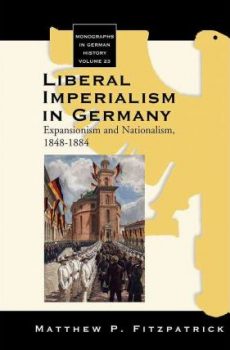
Liberal Imperialism in Germany
8,400.00₹ 3,595.00₹
In a work based on new archival, press, and literary sources, the author revises the picture of German imperialism as being the brainchild of a Machiavellian Bismarck or the “conservative revolutionaries” of the twentieth century. Instead, Fitzpatrick argues for the liberal origins of German imperialism, by demonstrating the links between nationalism and expansionism in a study that surveys the half century of imperialist agitation and activity leading up to the official founding of Germany’s colonial empire in 1884.
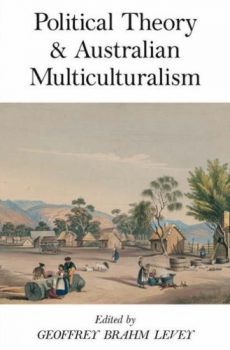
Political Theory and Australian Multiculturalism
8,400.00₹ 2,790.00₹
Multiculturalism has been one of the dominant concerns in political theory over the last decade. To date, this inquiry has been mostly informed by, or applied to, the Canadian, American, and increasingly, the European contexts. This volume explores for the first time how the Australian experience both relates and contributes to political thought on multiculturalism. Focusing on whether a multicultural regime undermines political integration, social solidarity, and national identity, the authors draw on the Australian case to critically examine the challenges, possibilities, and limits of multiculturalism as a governing idea in liberal democracies. These essays by distinguished Australian scholars variously treat the relation between liberalism and diversity, democracy and diversity, culture and rights, and evaluate whether Australia’s thirty-year experiment in liberal multiculturalism should be viewed as a successful model.
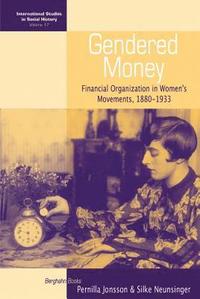
Gendered Money
8,400.00₹ 1,740.00₹
As economic citizenship was a pre-condition of full citizenship, the lack of economic autonomy was an important motivation during the early stages of the women’s movement. Independent of their class background, women had less access to not only financial resources but also social and cultural capital, i.e., member’s commitment. Resources are therefore of particular interest from a gender perspective, and this book sheds light on the importance of resources for women’s struggles for political rights. Highlighting the financial strategies of the first wave of Swedish middle-class and socialist women’s movements and comparing them with similar organizations in Germany, England, and Canada, the authors show the importance of class, gender, age, and the national context, offering a valuable contribution to the discussion of resource mobilization theories in the context of social movements.
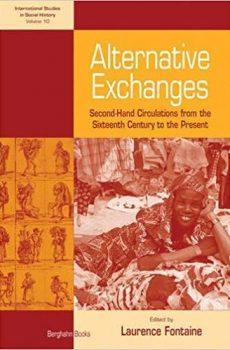
Alternative Exchanges
8,400.00₹ 1,750.00₹
Exchanges have always had more than economic significance: values circulate and encounters become institutionalized. This volume explores the changing meaning of the circulation of second-hand goods from the Renaissance to today, and thereby examines the blurring of boundaries between market, gifts, and charity. It describes the actors of the market – official entities such as corporations, recognized professions, and established markets but also the subterranean circulation that develops around the need for money. The complex layers that not only provide for numerous intermediaries but also include the many men and women who, as sellers or buyers, use these circulations on countless occasions are also examined.
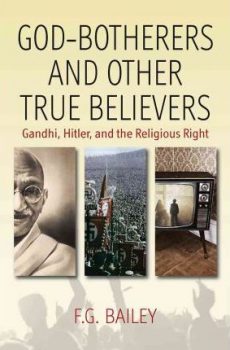
God-botherers and Other True-believers
8,400.00₹ 1,750.00₹
When reason fails to guide us in our everyday lives, we turn to faith, to religion; we close our minds; we reject austere reasoning. This rejection, which is a faith-based social and intellectual malignancy, has two unfortunate consequences: it blocks the way to knowledge that might enhance the quality of life and it opens the way to charlatans who exploit the faith of others. Examining two unquestionable malignancies of “the Christian Right” in present-day politics in the United States and the “secular religion” of Hitler’s National Socialism, as well as the third, more complex case of Gandhi, the author asserts that we need religion, but we also need to make sure it does no harm.
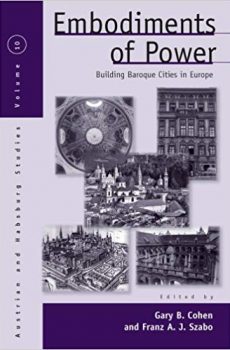
Embodiments of Power
8,400.00₹ 4,250.00₹
The period of the baroque (late sixteenth to mid-eighteenth centuries) saw extensive reconfiguration of European cities and their public spaces. Yet, this transformation cannot be limited merely to signifying a style of art, architecture, and decor. Rather, the dynamism, emotionality, and potential for grandeur that were inherent in the baroque style developed in close interaction with the need and desire of post-Reformation Europeans to find visual expression for the new political, confessional, and societal realities. Highly illustrated, this volume examines these complex interrelationships among architecture and art, power, religion, and society from a wide range of viewpoints and localities. From Krakow to Madrid and from Naples to Dresden, cities were reconfigured visually as well as politically and socially. Power, in both its political and architectural guises, had to be negotiated among constituents ranging from monarchs and high churchmen to ordinary citizens. Within this process, both rulers and ruled were transformed: Europe left behind the last vestiges of the medieval and arrived on the threshold of the modern.
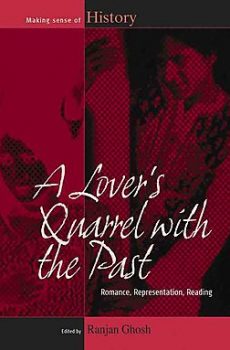
A Lover’s Quarrel with the Past
8,400.00₹ 2,790.00₹
Although not a professional historian, the author raises several issues pertinent to the state of history today. Qualifying the ‘non-historian’ as an ‘able’ interventionist in historical studies, the author explores the relationship between history and theory within the current epistemological configurations and refigurations. He asks how history transcends the obsessive ‘linguistic’ turn, which has been hegemonizing literary/discourse analysis, and focuses greater attention on historical experience and where history stands in relation to our understanding of ethics, religion and the current state of global politics that underlines the manipulation and abuse of history.





















